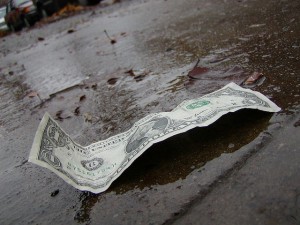D.C. Poverty Rates Could Increase With New Measurement
A new government method of measuring poverty takes into account many factors the old rate didn’t: geography, taxes, government benefits, housing costs and other expenses. For D.C., this means many more people would qualify as poor due to the city’s high cost of living, DC Fiscal Policy Institute analyst Jenny Reed said on Thursday’s Kojo Nnamdi Show.
“Here in the District, we’ve seen median rent actually rise by 35 percent over the last 10 years, and incomes, at the same time, have only grown by 15 percent. So our costs of living are growing very rapidly,” Reed told Nnamdi.
While housing prices have been slow to recover in the wake of the recession, the District is one of the only cities where home prices increased from 2010 to 2011. Renting has gotten more expensive in the past year, too.
Under the new nationwide rate, poverty among children decreases while increasing for seniors. This is because government assistance families with children receive count as income. Meanwhile, out-of-pocket medical expenses paid by seniors count against them, so poverty among that group rises under the new rate. The drop in childhood poverty shows social safety net programs are helping children, but more needs to be done for seniors, the Urban Institute‘s Sheila Zedlewski said on Thursday’s Kojo Nnamdi show.
A state-by-state breakdown of the new measure isn’t yet available, but regional data show western states have the highest rate, followed by the southern region. Experts on Thursday’s Kojo Nnamdi Show spoke about the ramifications of the data and why poverty measures are important — for example, they determine who’s eligible for government assistance programs. You can listen to the entire segment here.





